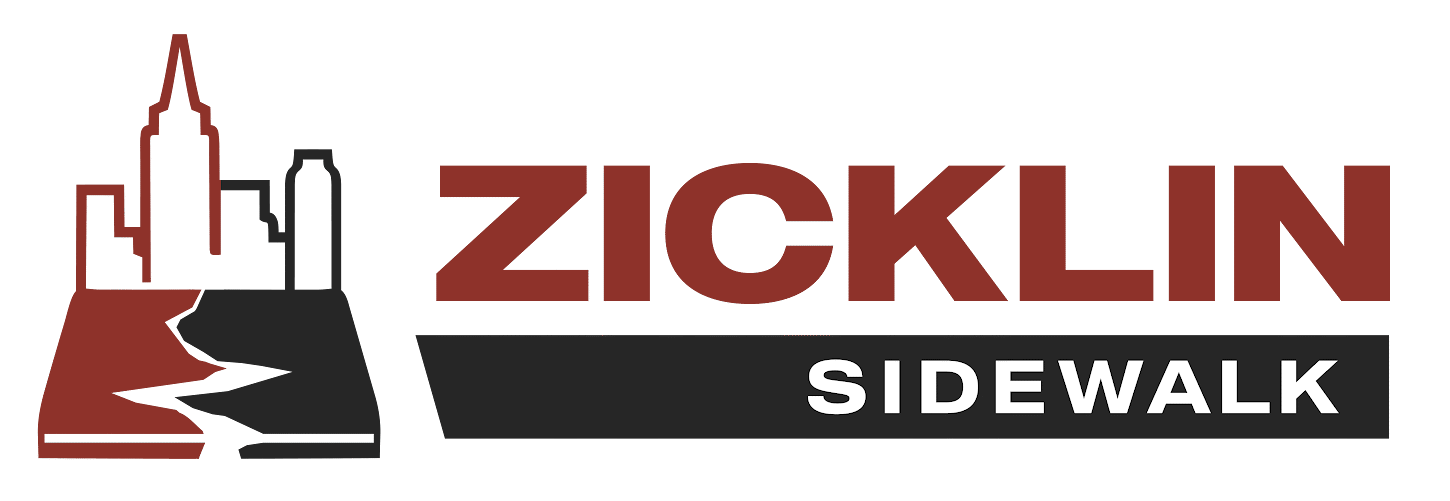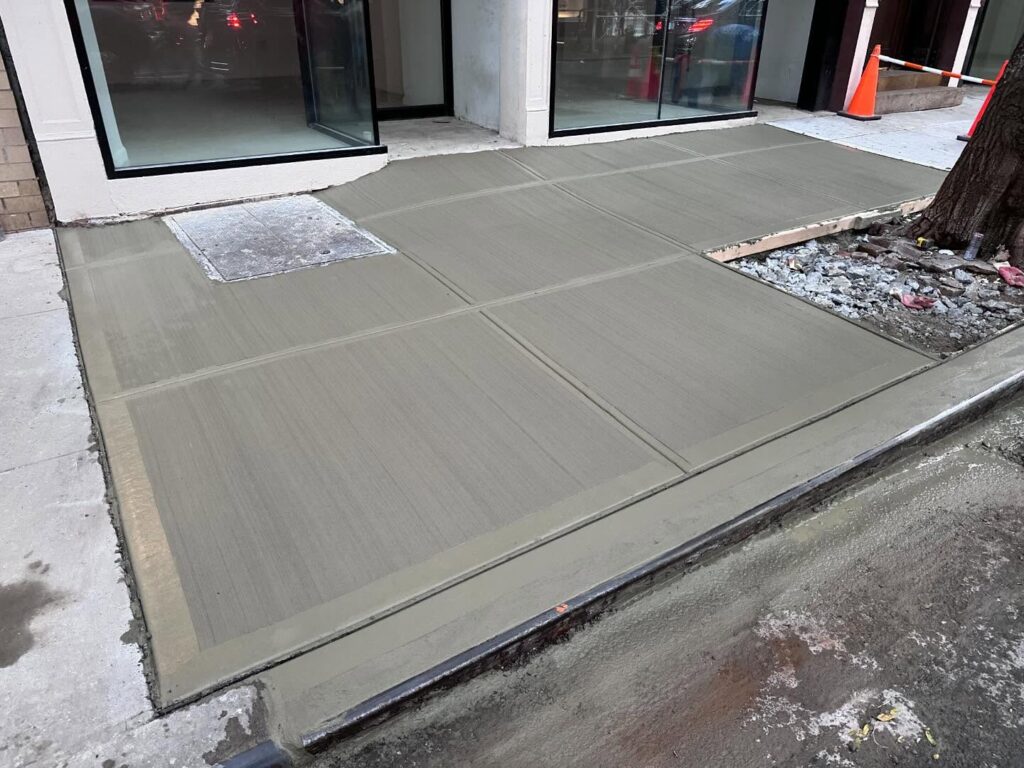Strolling through NYC is like dodging landmines that could ruin your day. Sidewalks here get more foot traffic than subway platforms, so at some point, you are going to have to deal with sidewalks that need a little TLC. Knowing the difference between emergency repairs and planned maintenance can spare you time, some cash, and maybe a sprained ankle.
The Reactive Route: Emergency Repairs
Ever woke up to find a giant crack that needs to be fixed — like yesterday? That’s when emergency repairs kick in. They are the fast-food version of sidewalk fixes. You call a crew because a slip hazard showed up like an angry bouncer at a bar.
Emergency sidewalk repairs usually involve:
- Immediate safety concerns like large cracks or uplifted slabs
- DOT violation notices requiring quick action
- Weather-related damage from harsh NYC winters
- Unexpected utility work disrupting sidewalk integrity
The drawback: you’re probably forking over 30 to 50 percent more than if you had called the maintenance squad a month ago. Contractors keep the emergency fast pass for that reason.
The Smart Strategy: Planned NYC Sidewalks Maintenance
Proactive property owners who schedule regular sidewalk inspections and maintenance enjoy significant advantages. Planned maintenance allows you to address minor issues before they become major headaches.
Benefits of planned sidewalk maintenance include:
- Lower overall costs through bulk scheduling and off-peak rates
- Better contractor selection with time to research and compare quotes
- Minimal disruption to foot traffic and business operations
- Compliance with city regulations before violations occur
Plus, chipped concrete and sagging bricks don’t just erode your property’s charm—they can trip someone and put you on the hook for a claim. Sticking to a maintenance plan is just good sense.
Making the Right Choice for Your Property
The decision between emergency repairs and planned maintenance often depends on your current situation, but smart property management always leans toward prevention.
Consider these factors when planning your approach:
- Annual sidewalk inspections can identify problems early
- Budget allocation for routine maintenance prevents financial surprises
- Seasonal planning around NYC’s harsh weather patterns
- Building relationships with reliable contractors for future needs
Most successful property owners adopt a hybrid approach: maintaining a planned maintenance schedule while keeping emergency repair contacts available for unexpected situations.
The Financial Reality Check
Let’s talk numbers. Emergency repairs might cost $15-25 per square foot, while planned maintenance averages $10-18 per square foot. Beyond immediate costs, emergencies often require expedited permits and overtime labor rates.
Planned maintenance also provides better warranty protection and quality assurance. When contractors aren’t rushing to meet urgent deadlines, they can focus on delivering work that lasts longer and looks better.
The peace of mind factor shouldn’t be underestimated either. Knowing your sidewalks are in good condition helps you sleep better and keeps your insurance company happy.
Take Control Today
Don’t wait for NYC sidewalk violations to force your hand. Taking a proactive approach to sidewalk maintenance protects your investment and keeps pedestrians safe. Whether you need emergency repairs or want to establish a maintenance plan, professional guidance makes all the difference.
Visit nycsidewalkviolations.com to connect with experienced contractors who understand NYC regulations and can help you make the smartest choice for your property.

